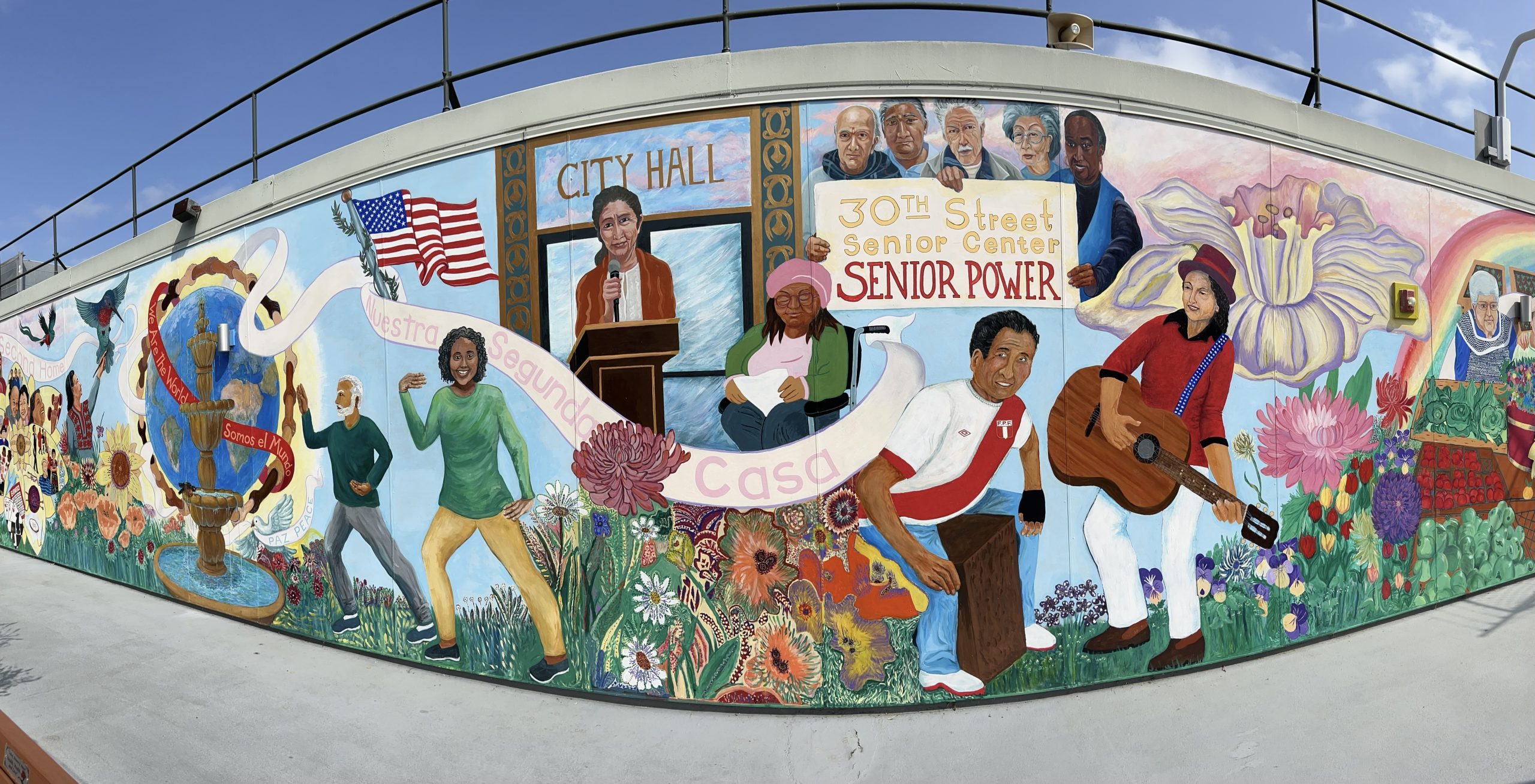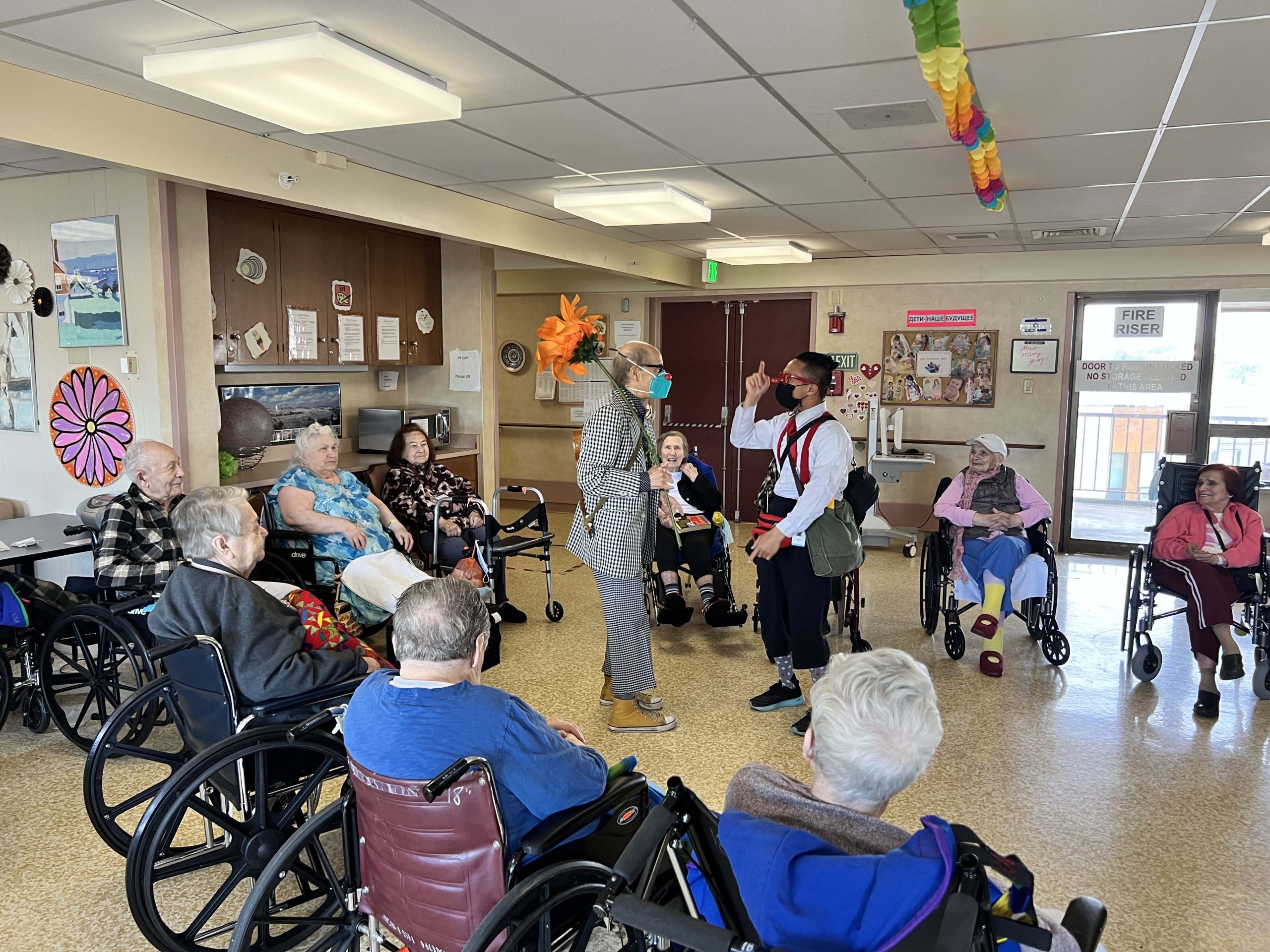‘Just One Tree’ just one of this dedicated environmentalist’s many accomplishments
“Food banks need citrus and one lemon gives you 75 percent of daily vitamin C requirements,” said Isabel Wade. That’s why “Just One Tree,” the brainchild of Wade and her nonprofit, Urban Resource Systems, is encouraging San Franciscans to plant a lemon tree.
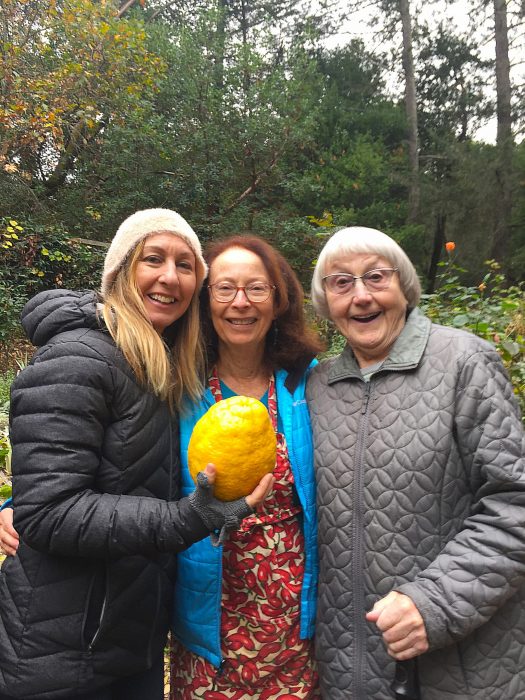
Just One Tree was launched in 2012 with a goal of 12,000 trees, the number needed to make lemons a sustainable crop. Lemons were selected because they are popular and can even grow in a bright window. So far, they’ve officially counted 1,930 trees, mostly in homeowner gardens, but “we think there are a lot more out there,” Wade said. “We are the turtle of sustainability projects because not enough people know about it.”
The trees can also be found in community gardens and apartment porches. Mini-orchard projects have also upped the numbers and helped increase public awareness, she said. The Florence Fang Community Garden in the Bayview has eight potted lemon trees donated by Just One Tree. One at the Juvenile Justice Center has 25.
Growing a sustainable crop in cities fits into the overall goals of Urban Resource Systems (URS), which Wade founded in 1981 to develop and support projects involving residents as stewards and advocates for creating healthy urban ecosystems and healthy food for the needy. Individuals with excess harvest can take it to local food banks. The Department of Public Works can also send a staff person to help harvest and deliver the lemons.
Just One Tree is one of six projects or nonprofit organizations launched by URS in which Wade served as founder and volunteer, and occasionally as staff person and fiscal agent: Friends of the Urban Forest, California ReLeaf, the National AIDS Memorial Grove, San Francisco ZooDoo and the Neighborhood Parks Council, which eventually merged with another agency to become the San Francisco Parks Alliance.
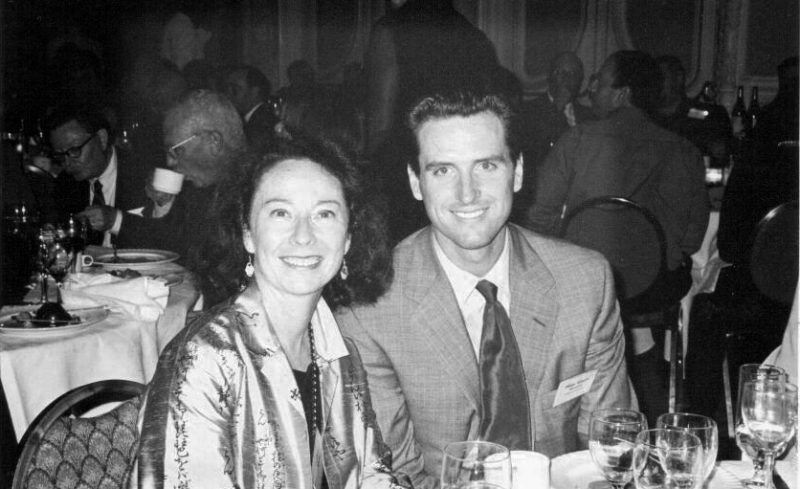
Wade came to the environmental movement in the early ’70s while studying for her master’s degree in international relations in Japan. “I experienced the horrible pollution in Tokyo, where the air was so bad, they had installed oxygen tanks about town,” she said. “There was also a huge scandal about mercury that had poisoned the waters south of Tokyo that furthered my interest in needed environmental action.”
After returning home to Canada, she began attending international environmental conferences, meeting leaders in the movement, such as Huey Johnson, founder of The Trust for Public Land and her mentor. She also made a decision to eventually focus on environmental work.
“I wanted to help engage citizens in their battles to fight the bad guys,” she said. After completing a master’s degree in political science at the University of British Columbia, she started on a Ph.D. in environmental planning at the University of California-Berkeley in 1975.
Wade eventually followed Johnson to Sacramento, where under then-Gov. Jerry Brown, she was charged with starting California’s first urban forestry program.
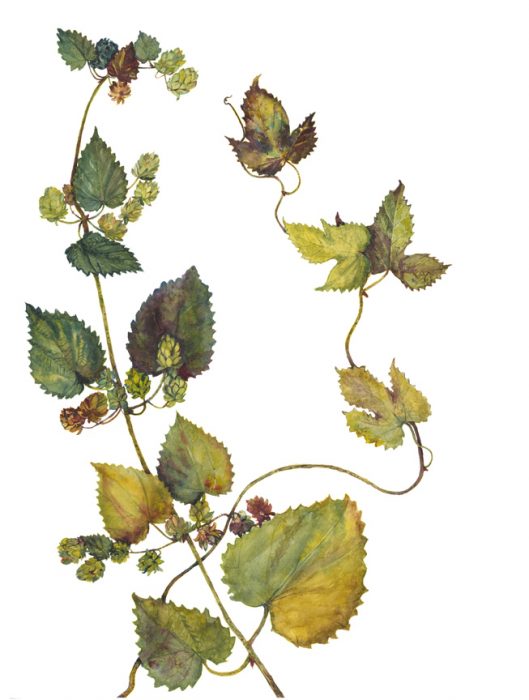
Now 72, she is still involved with URS as a volunteer and consults on international and local urban environmental projects. She has also added drawing and painting to her ecological repertoire. She obtained a Master Artist certificate from the Mary Harden School of Botanical Illustration. The detailed drawings allow her to study nature even more closely.
Wade attributes her success to a loving upbringing – by distant relatives who became parents to her and her sister when their mother died in 1957. The girls, who had been living with their mother in Canada, were brought to San Francisco at ages 9 and 10 to live with Isabelle and Edgar Wade. “The Wades were incredible, fabulous people so I changed my name to Wade on the 20th anniversary of joining their household,” she said.
The Wades, both 58 years old, were considered too old to be adoptive parents in those days. With no visas, the girls were considered illegal aliens. It wasn’t until Wade was 15 that her father was able to get them Green Cards. They could then travel legally but some of the government jobs Wade aspired to – parks and recreation, for example, didn’t accept Green Card holders.
The Wade family lived near Buena Vista Park, in a house she and her husband inhabit today. How the Wades came to own that house is one of those San Francisco stories. Edgar, her surrogate father, had emigrated from Victoria during the Depression, joining relatives in the Bay Area and starting a job at the National Cash Register Company downtown.
Eventually earning branch manager George McCarthy’s trust, he was shown a still – a likely remnant of Prohibition – hidden behind a secret door in the basement. He became a maker of gin and an important member of the McCarthy clan. “After McCarthy’s brother died in 1946, the clan decided they wanted my parents to take over his Victorian house near Buena Vista Park,” Wade said, “but they only had $2,000 in savings, so the McCarthy’s sold the house to them for $9,000, taking back a $7,000 mortgage.”
Wade graduated from Lowell High School, then enrolled in Oakland’s all-girls Mills College, where her mother thought a proper young woman should go. “Having grown up in the Haight in the ’60s, a woman’s college was the last place I wanted to be,” said Wade, recalling the heydays of the counterculture movement.
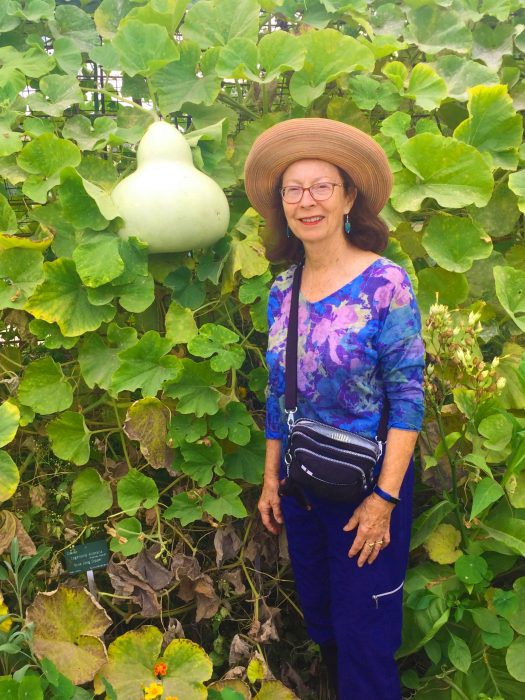
But at Mills, she was able to make up her own major, in Asian politics and art and take advantage of its Junior Year in France program. She attended the 1969 Paris Peace Talks, as the American public turned against the Vietnam War. Through a lucky coincidence, the family Wade lived with in Paris had a connection with the Vietcong delegation. “Taking my French ‘brother’ with me, we interviewed the leader of the delegation,” she said. Wade used this interview as the core of her senior thesis on the Paris Peace talks.
She worked for a while to save money to go to Japan, where in addition to studies at Sophia University, she also had jobs teaching English and assisting the international sales manager at a Westin Hotel. After a year in Japan, Wade won a full scholarship to finish her master’s in political science at the University of British Columbia.
In Vancouver, she met people active in the Society Promoting Environmental Conservation, one of the early grassroots environmental-action groups in British Columbia. SPEC was allied with Greenpeace, which started in Vancouver and was doing a lot of organizing. “I began to realize citizens can make a difference,” Wade said.
In 1972, she told her advisor she wanted to go to the Conference on the Environment in Stockholm, Sweden. He claimed, “focusing on the environment was just a fad,” she said. It was the prevailing attitude at the time. But she went as a volunteer, representing SPEC at what was the first world conference to make the environment a major issue. It convinced her that people were the key to solving environmental challenges, she said.
The next big conference on the environment was held by The International Union for Conservation of Nature in Alberta, Canada. “Being it was invitation only – and I didn’t have one – I dressed up nicely and asked a man if I could walk in with him,” Wade said. There, she met Lynton K. Caldwell, an American political scientist at Indiana University and one of the principal architects of the 1969 U.S. Environmental Policy Act, the country’s first environmental legislation.
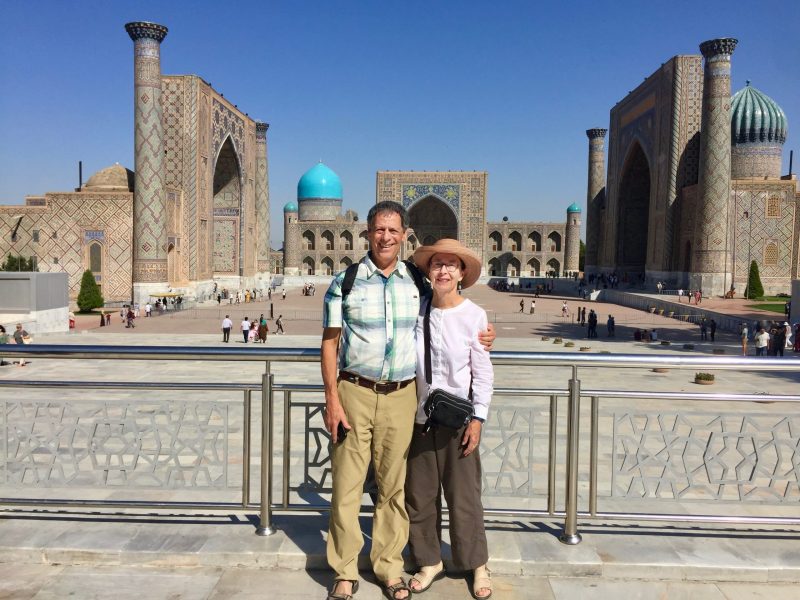
Impressed with her knowledge and commitment to environmental causes, Caldwell invited her to co-author a book. “Citizens and the Environment: Case Studies in Popular Action.” It was published in 1976 under her maiden name of McWhirter.
During the 10 years it took Wade to finish her Ph.D. (1975-1985), she met another environmental trailblazer, Huey Johnson, founder of the Trust for Public Land. She had worked for its Urban Gardening Program while studying for her master’s. He soon became her mentor. When then-Gov. Jerry Brown named him State Resources Secretary, he hired her as a consultant to the forestry department to initiate the first urban forestry program, which still operates to this day.
As part of this program, Wade started a forestry program in Oakland, where Gov. Brown lived and had private offices, because there were no trees in poor neighborhoods. “We started a coalition and later it became a group and a cause,” she said. “On Arbor Day, March 1979, there was a huge celebration with the Governor and celebrities.
That same year, Wade married Jan Chernoff. She had met him in 1978 on a trip to China. It was sponsored by the U.S.-China Peoples Friendship Association a year before the country officially opened to foreign travel. Chernoff was the tour guide. “From the time I focused on Asian studies at Mills, I wanted to go to China,” Wade said. “Jan and I shared this interest.”
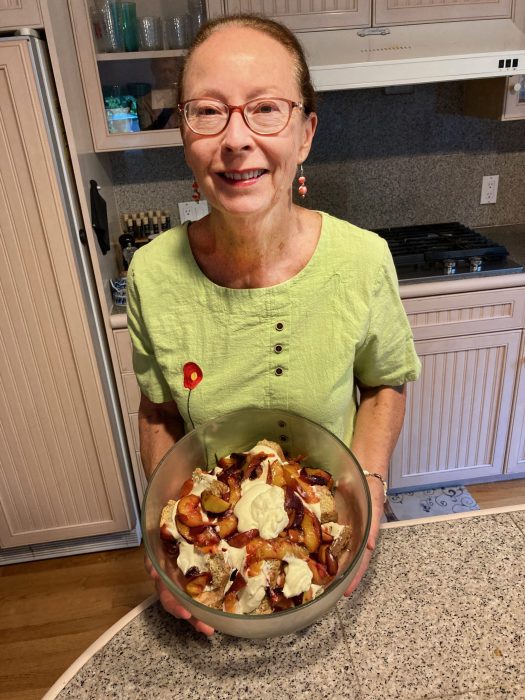
Now mostly retired from URS, Wade assists her husband and son in the family business, Casa Buena Vista Rentals, catering to people who need residential or vacation rentals of 30 days or more. Her son is also interested in painting and they enjoy museum trips together.
She’s also still on the advisory board for the Jack London Park Partners in Sonoma, a project to manage and enhance the state park in Glen Ellen where author Jack London and his wife, Charmian, lived, entertained and experimented with sustainable agriculture.
Wade is still convinced that cities are the key to creating a sustainable existence on the planet.
“There are a great number of projects worldwide now advocating tree planting for CO2 sequestration to help with climate change challenges,” she said, although there is some controversy about the more industrial efforts.



